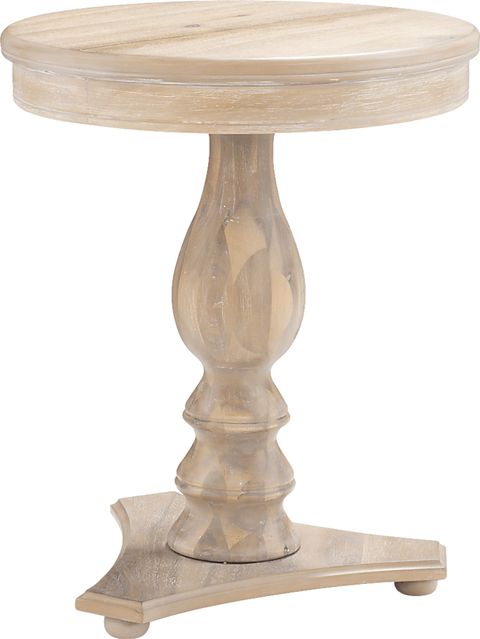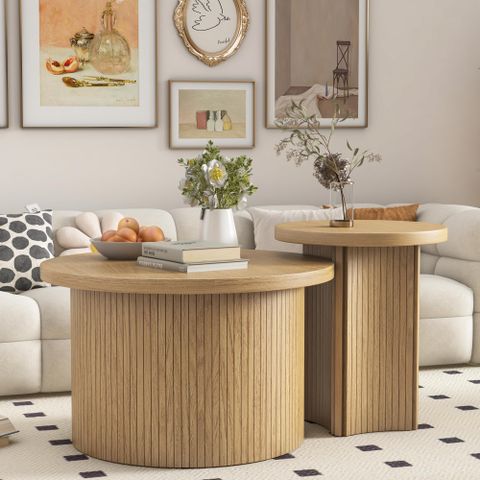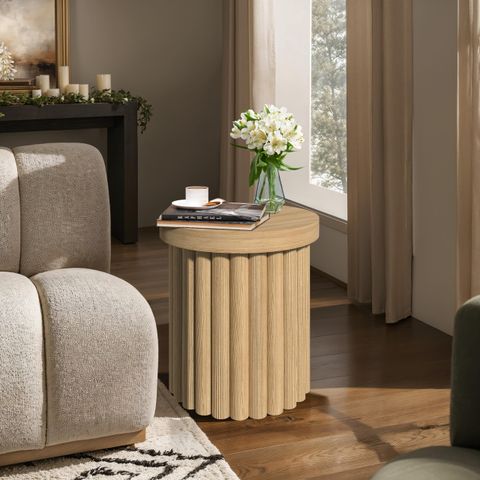In today’s design world, mirrors have evolved far beyond their traditional role as simple reflections. They’ve become powerful tools that can completely change how a room feels and functions. Whether it’s a sleek frameless piece or an ornate vintage find, mirrors now serve as the secret weapon that makes modern spaces feel more expansive, luminous, and sophisticated.
Walking into a room and immediately feeling like you’ve stepped into a larger space isn’t just wishful thinking anymore. With the right mirror placement and selection, even the smallest apartments can feel like airy sanctuaries. Modern living spaces have embraced mirrors not just for their practicality, but for their ability to enhance the overall aesthetic. The way light bounces off reflective surfaces creates a magic that transforms ordinary walls into dynamic focal points. Think about it – when was the last time you noticed how much brighter a room felt after adding a mirror? It’s almost like magic, but really it’s just good design.
The Science Behind Mirror Magic
Mirrors work on more than just visual principles. When sunlight hits a mirror surface, it reflects back into the room, literally increasing the amount of natural light available. This effect becomes especially important in smaller spaces where every bit of illumination counts. Scientists have studied how reflective surfaces affect our perception of space and found that mirrors can make rooms appear up to 40% larger than they actually are. The key is understanding that mirrors don’t just show what’s there – they show potential. A well-placed mirror can make a narrow hallway feel like a grand entranceway. Consider how a large mirror above a console table can instantly transform a small entryway into a statement area. The physics is simple, but the impact is profound.
Choosing the Right Mirror Shape and Size
Not all mirrors are created equal, and selecting the perfect one requires considering several factors. Round mirrors tend to soften angular spaces and create a more welcoming atmosphere, while rectangular shapes add structure and formality. Square mirrors offer a balanced approach that works well in contemporary settings. When it comes to size, think about proportion. A large mirror can dominate a small room and make it feel cramped, while a tiny mirror might get lost in a spacious area. The rule of thumb is to choose a mirror that’s roughly half the width of the wall space it will occupy. For example, if you have a 6-foot wide wall, a 3-foot mirror would be ideal. Large mirrors also work beautifully above fireplaces or as standalone features in corners. Small mirrors scattered throughout a room can create a gallery wall effect that’s both interesting and functional.
Mirror Placement Strategies
Where you place a mirror can make or break its impact. Placing a mirror directly opposite a window maximizes natural light reflection, creating a bright and airy feeling. Positioning a mirror near a door can make the entrance seem wider and more inviting. In bathrooms, mirrors above vanities not only provide functionality but also create a sense of openness. The most effective placement often involves balancing the mirror with other elements in the room. A mirror flanking a sofa can create symmetry and visual balance. When placing mirrors in hallways, consider the direction of traffic flow. Mirrors that reflect the main entrance can make visitors feel welcome and give the impression of a longer space. Don’t forget that mirrors can also be used strategically to hide less appealing areas like electrical outlets or cluttered corners.
Style Integration and Design Harmony
Modern mirrors come in countless styles, each suited to different design aesthetics. Minimalist frames work perfectly in clean, contemporary spaces, while ornate designs complement traditional or eclectic interiors. The material of the mirror itself matters too – glass mirrors are classic and timeless, while metal or wood frames add warmth and character. Consider how the mirror’s style matches your existing furniture and decor. If you have a modern living room with sleek lines, a frameless mirror will blend seamlessly. For a more rustic setting, a mirror with a wooden frame might be more appropriate. The color of the frame should either match or contrast with surrounding elements. Dark frames can add drama, while light frames create a more subtle effect. Remember, the mirror should enhance rather than compete with the room’s overall design language.
Practical Benefits Beyond Aesthetics
Beyond their visual appeal, mirrors offer numerous practical advantages. They’re excellent for maximizing small spaces without requiring additional square footage. In bedrooms, mirrors can make the room feel larger and more open, especially when placed opposite windows. In kitchens, mirrors can make countertops appear cleaner and more spacious. They also serve functional purposes like helping with grooming and checking your appearance before leaving home. Many modern mirrors come with built-in lighting, making them both beautiful and useful. Smart mirrors that display weather information or show digital clocks have become increasingly popular. The versatility of mirrors means they can adapt to changing needs and trends. You can easily update your look by simply changing the mirror’s position or adding new accessories around it.
Maintenance and Care Tips
Keeping mirrors looking pristine requires some basic maintenance knowledge. Regular cleaning with a microfiber cloth and mild soap solution prevents streaks and smudges. Avoid using paper towels or rough materials that can scratch the surface. For stubborn marks, a mixture of water and white vinegar works wonders. Always dry mirrors thoroughly after cleaning to prevent water spots. Some mirrors, particularly those with decorative edges, require special care. Consider the environment when choosing mirrors – bathroom mirrors need moisture-resistant finishes, while living room mirrors can handle more delicate treatments. Protect mirrors from impacts and temperature changes that could cause damage. Proper installation is crucial for long-term enjoyment. A poorly hung mirror can become a safety hazard, so ensure it’s securely mounted with appropriate hardware. Periodic checks for loose mounting hardware help maintain both safety and appearance.
Mirrors have proven themselves to be invaluable assets in modern interior design, offering benefits that extend far beyond simple reflection. They’re powerful tools that can transform small spaces into grand ones, add natural light where none exists, and create focal points that draw the eye. The key lies in thoughtful selection and strategic placement. Whether you’re decorating a tiny apartment or renovating a spacious home, mirrors provide a cost-effective way to enhance your living environment. The investment in quality mirrors pays dividends in both aesthetic appeal and practical functionality. As design trends continue to evolve, mirrors remain a constant favorite among homeowners and designers alike. Their ability to adapt to various styles and spaces ensures they’ll continue playing a vital role in creating beautiful, functional living environments for years to come. So next time you’re looking to refresh a room, consider what a mirror might do to elevate your space from ordinary to extraordinary.




